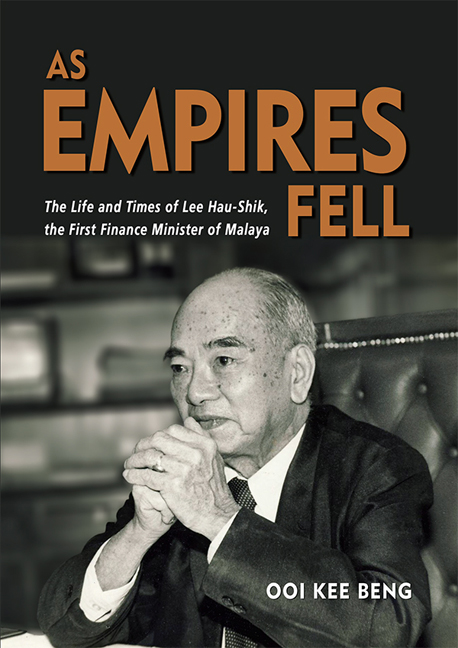Chapter 3 - Political Awakening Amid Global Wars
Published online by Cambridge University Press: 24 November 2020
Summary
By December 1941, the Japanese government had come to the conclusion that diplomacy would not achieve its aims in Southeast Asia. It was essential to secure direct control over the region and also ensure that no power was in a position to threaten shipping links between Japan and Southeast Asia. The American navy posed the greatest threat, and on December 7, a surprise raid on Pearl Harbor in Hawai‘i destroyed most of the American Pacific fleet.
—Anne E. BoothIN ITS ATTEMPT to create the Greater East Asia Co-Prosperity Sphere, Japan deemed itself to be following the dictates of imperial economics. Tokyo's modernization was a defensive one, occurring in the wake of China's defeat in the Opium Wars. What it seemed to have learned from the process was how important a secure supply of resources was to industry. Its success in transforming its culture into one that could vie with Western powers was all the more extraordinary when compared to the failure experienced by other non-western polities of the time, especially the ailing Manchu dynasty that was ruling China.
The fall of the Qing in 1911 failed to place China onto any clear path of modernization, and the possibility of the empire being divided among properly modernized nations was all the stronger when the Versailles Treaty of 1919 saw German possessions in China being handed over by the victorious allies to Japan—which was then one of their numbers—instead of being returned to Chinese control. To be sure, no central government existed in China then. It was only after the Kuomintang under Generalissimo Chiang Kai-shek succeeded in defeating and co-opting the various warlords with his Northern Expedition in 1926–28 that such an authority came into being.
Chiang managed to complete this feat through violent campaigns that destroyed the urban presence of the Chinese Communist Party in 1927. This achievement did not stop the Japanese from invading Manchuria in 1931. In fact, it may have prompted them to act sooner rather than later.
- Type
- Chapter
- Information
- As Empires FellThe Life and Times of Lee Hau-Shik, the First Finance Minister of Malaya, pp. 59 - 79Publisher: ISEAS–Yusof Ishak InstitutePrint publication year: 2020

